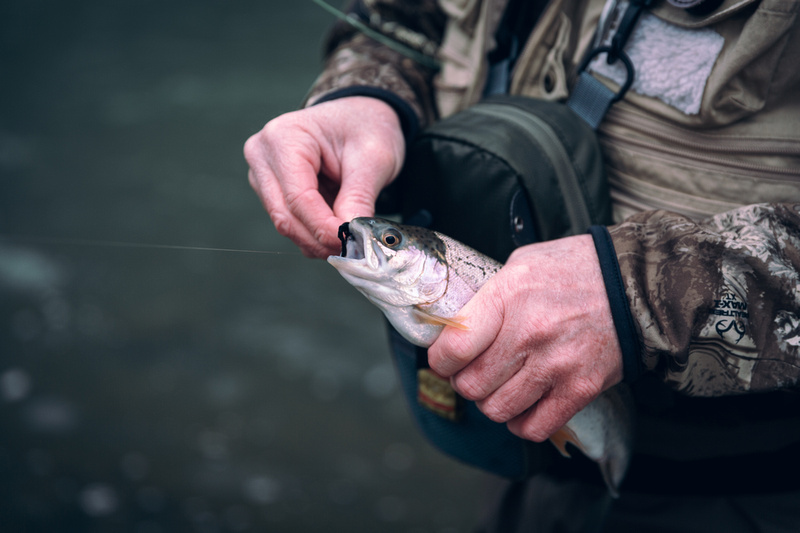Ensure your catch of the day stays fresh with these tried and true tips on how to hand your fish from the moment you take it off the hook to the minute you get it home. These Almost Heaven tips and tricks will change the way you prepare your catch.
Fresh is Best
Whether you’re out on the lake or fishing from the banks of your favorite stream, make sure you have a way to keep your catch fresh by either keeping it alive or chilling it in a cooler. If you decide to put it in a cooler, make sure you open the drain to prevent any melted water from escaping or place your fish in a plastic bag to keep the water out. Preventing your fish from sitting in water will allow it to stay fresh longer, preserve its maximum flavor, and make it easier to clean (something you’ll want to do as soon as possible so that the skin does not become overly dry or brittle). After a thorough cleaning, simply place your fish in a freezer bag filled with water or a vacuum sealed bag and store it in the freezer to eat later.
Filleting Fish
One of the most popular methods of fish preparation is filleting. This method is quite simple, as the only tool you’ll need is a sharp knife with a flexible blade or a special fillet knife (six-inch blades are the most popular choice for experienced anglers).
Scaling Fish
If filleting a fish isn’t your first choice, another popular alternative includes the removal of the scales, known as scaling, and simply cooking the fish whole. Eating fish this way is not only simpler, but also produces less waste, something that is especially true for smaller fish such as panfish. If you happen to prefer fillets, be sure to leave the skin after removing the scales in order to maintain the delicious flavor and crispy texture of your fish. To remove the scales from fish like bluegill, use a scaler or a household spoon and start at the tail with a scraping motion (working your way up toward the head) while moving the tool in the opposite direction of the scales to lift them from the skin. After removing the scales, place the knife just behind the gills of the fish and cut through them to remove the head. Lastly, make a small incision from the vent to the front of the fish, remove the insides, and your fish is ready to be prepped for cooking.
Cooking Whole Fish
To prepare a whole fish, begin by making an incision at the vent up to the gills, and then proceed to pull the insides forward toward the gills and remove them from the cavity. Using a spoon, knife or other utensil, remove the bloodline that runs along the spine and remove the gills by making a small cut behind the jaw of the fish and pulling them free. When working with a larger fish, be sure to make score marks along its sides with your knife to ensure that it cooks all the way thorough. Finally, rinse your fish thoroughly both inside and out before cooking it to your desired taste.




